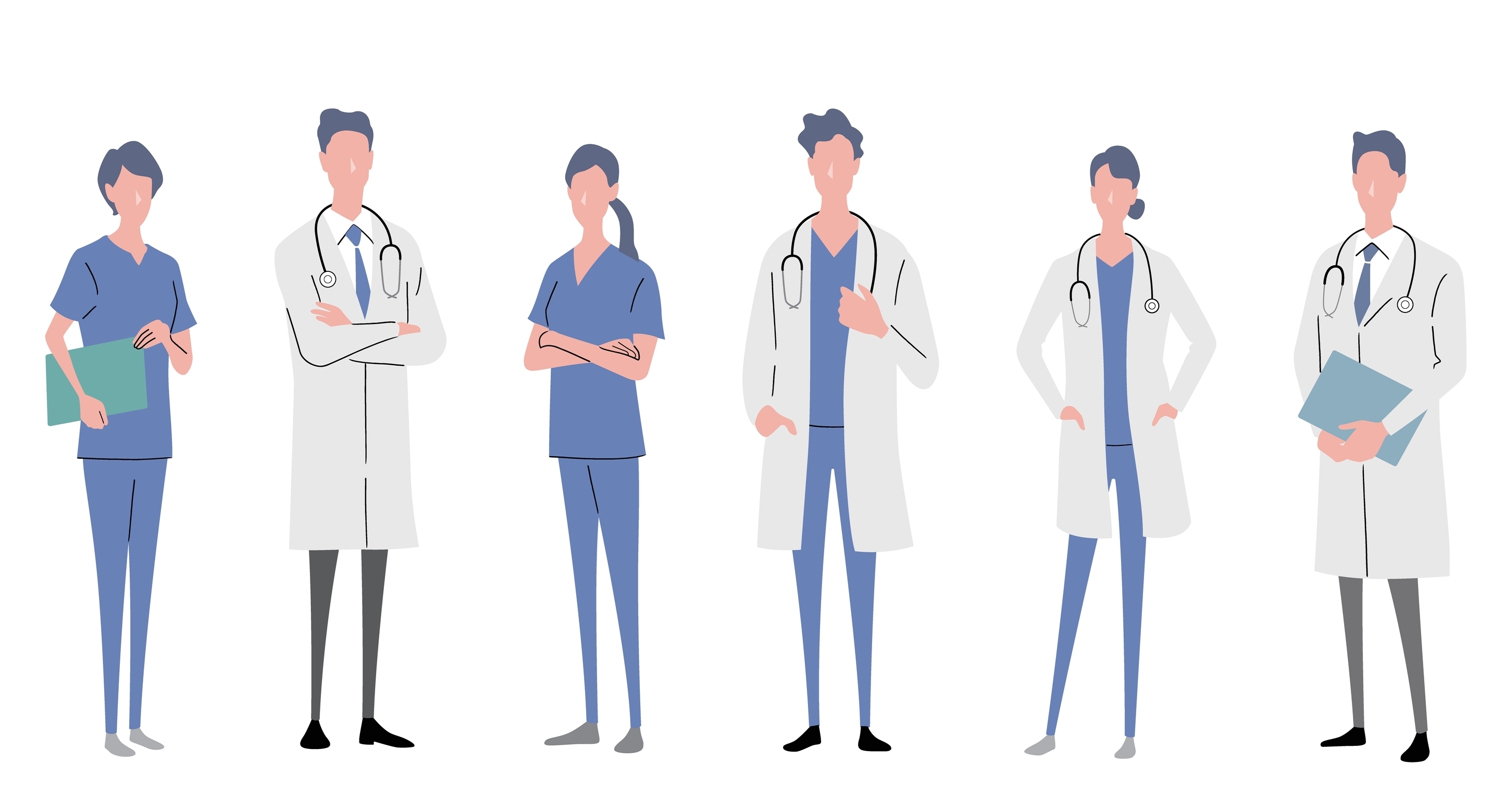
Release date: 2024.09.09
Japan's healthcare system is supported by close collaboration among a variety of medical professionals, which enables the provision of comprehensive medical services to patients. This course provides an overview of medical professionals in Japan, compares the division of roles between doctors and nurses in Japan and the United States, and examines the impact of differences in the healthcare systems of the two countries.
In Japan's medical field, people of various professions work together to care for patients. At the center of this are doctors, who play a key role in medical care, including diagnosis, deciding on treatment plans, and performing surgery. Nurses work closely with doctors, providing daily care for patients, medical assistance, and health guidance. Pharmacists, who are drug experts, are in charge of dispensing medication, providing medication instructions, and managing pharmaceutical products, supporting patients' drug treatment.
In the field of rehabilitation, physical therapists and occupational therapists are active. They support patients in recovering their functions and contribute to improving daily living activities. In addition, with the development of medical technology, the role of clinical radiologists is also becoming more important. They operate advanced diagnostic equipment such as X-rays, MRIs, and CTs, enabling precise image diagnosis. Clinical laboratory technicians perform various tests such as blood tests and urine tests, and are indispensable for diagnosing diseases and determining the effectiveness of treatment. In addition to these, clinical engineers, speech-language-hearing therapists, and nutritionists also play important roles as part of the medical team, utilizing their respective expertise.
When comparing the healthcare systems of Japan and the United States, there are notable differences in the roles of doctors. Japanese doctors tend to provide comprehensive medical care, taking on a wide range of duties regardless of their field of expertise. Meanwhile, American doctors tend to be highly specialized and tend to provide medical care focused on a particular field. This difference is due to differences in the healthcare systems of the two countries.
In Japan, we have a universal health insurance system, and medical services are relatively inexpensive. Therefore, patients visit medical institutions without hesitation, and doctors must be able to treat a wide range of symptoms. In the United States, on the other hand, private insurance is the norm, and medical costs tend to be high. For this reason, the initial response by primary care physicians and appropriate referrals to specialists have become important, and the division of roles for doctors has become clearer.
In Japan, there are many general hospitals with a wide range of medical departments, and doctors may treat symptoms outside of their own specialty. In the United States, there are many specialized medical institutions, and the expertise of doctors is given more importance.
There are also differences in the roles of nurses in the two countries. Japanese nurses often work under the direction of doctors, and their main role is to provide patient care and medical assistance. On the other hand, American nurses are responsible for more advanced medical procedures, and in some states may have the authority to diagnose and prescribe. In particular, in the United States, there is a license for advanced nurses called nurse practitioners (NPs), who can provide independent medical care. Japan does not have such a system, and nurses' authority is more limited. In addition, nurses in the United States are highly specialized, and there are many nurses who specialize in specific fields (e.g. emergency nursing, intensive care nursing).
These differences are also due to differences in the educational systems for medical professionals in the two countries. Medical education in Japan consists of six years of medical school education, followed by two years of initial training, and then specialist training. In the United States, on the other hand, doctors attend four years of undergraduate education (university), four years of medical school education, and then complete a residency program of three or more years to become a specialist. This difference in the educational systems is reflected in the roles and specialties of doctors in the two countries.
The division of roles among medical professionals in Japan and the United States reflects the medical systems of each country. Japanese medical care is characterized by doctors with a wide range of knowledge and a system that emphasizes team medical care. On the other hand, American medical care is characterized by a high level of specialization and a clear division of roles. In the future, there is a possibility that the roles of medical professionals in Japan will be reviewed. In order to provide efficient, high-quality medical care in Japan, which is becoming a super-aging society, it will be important to consider a flexible division of roles while making use of the specialization of each profession.
MEDIUS Group is developing a business centered on the sale of medical equipment. We (Medical + us) involved in medical care also want to play the role of an information source (Media) that delivers useful information for the medical field and people's healthy tomorrow.